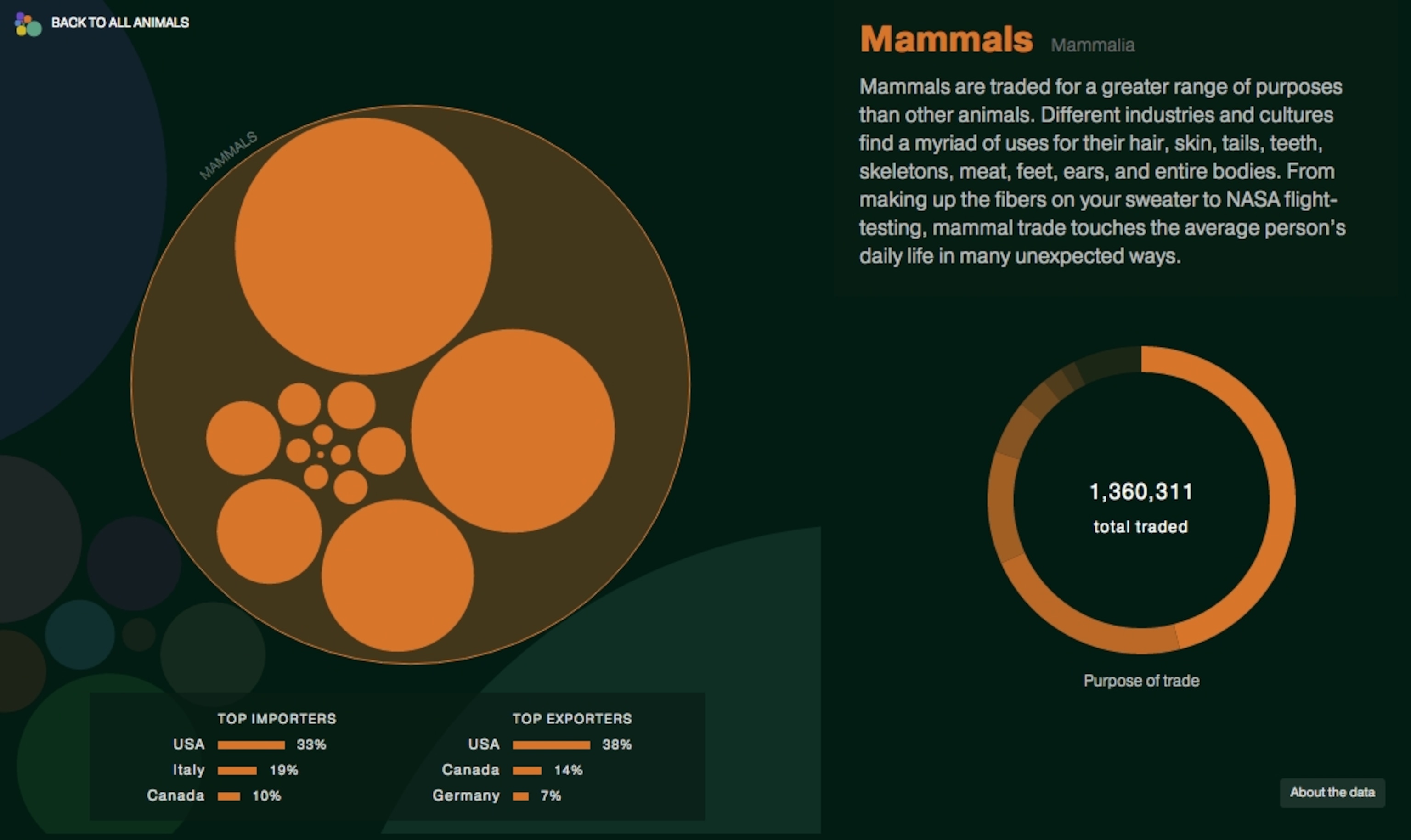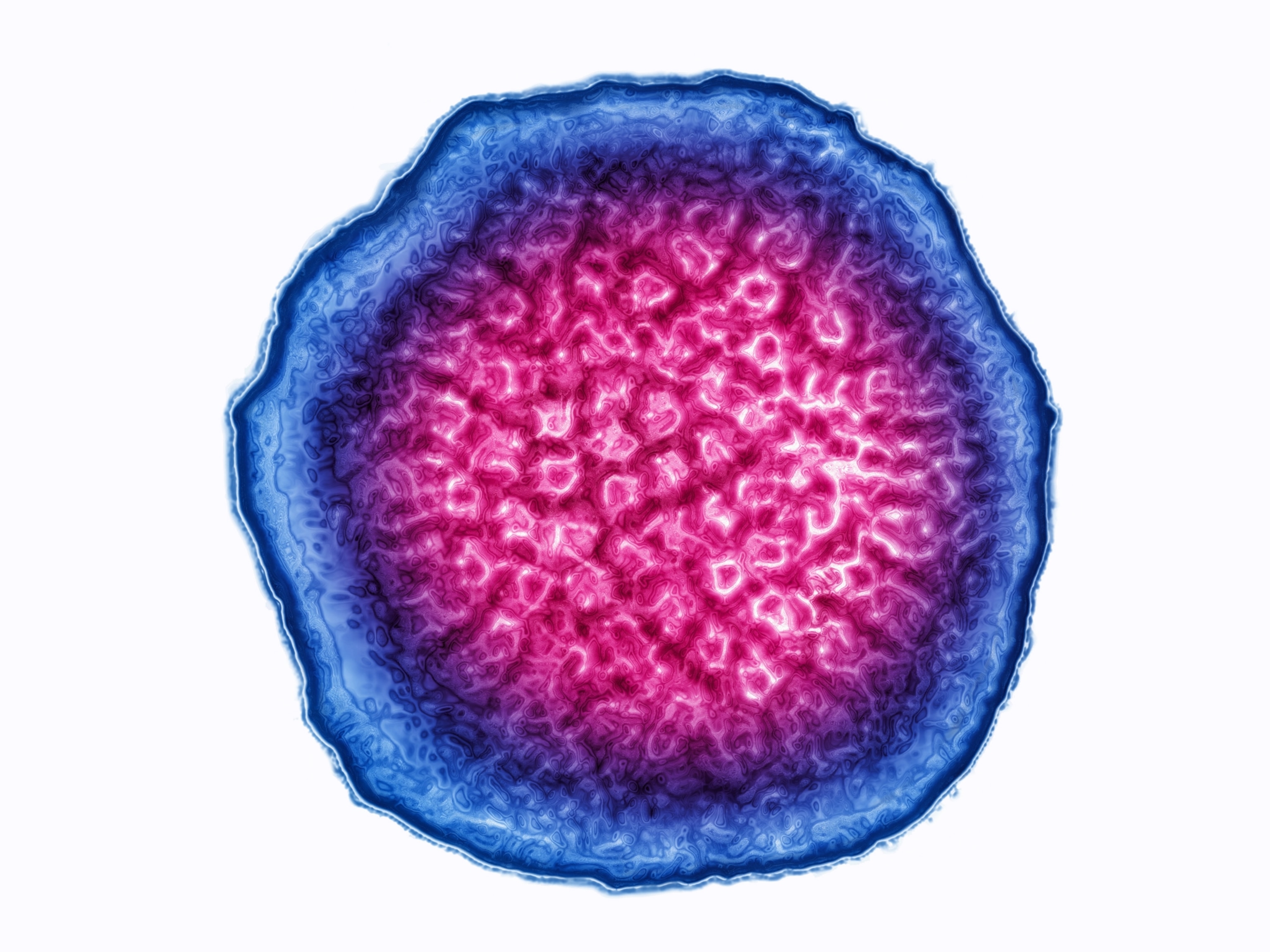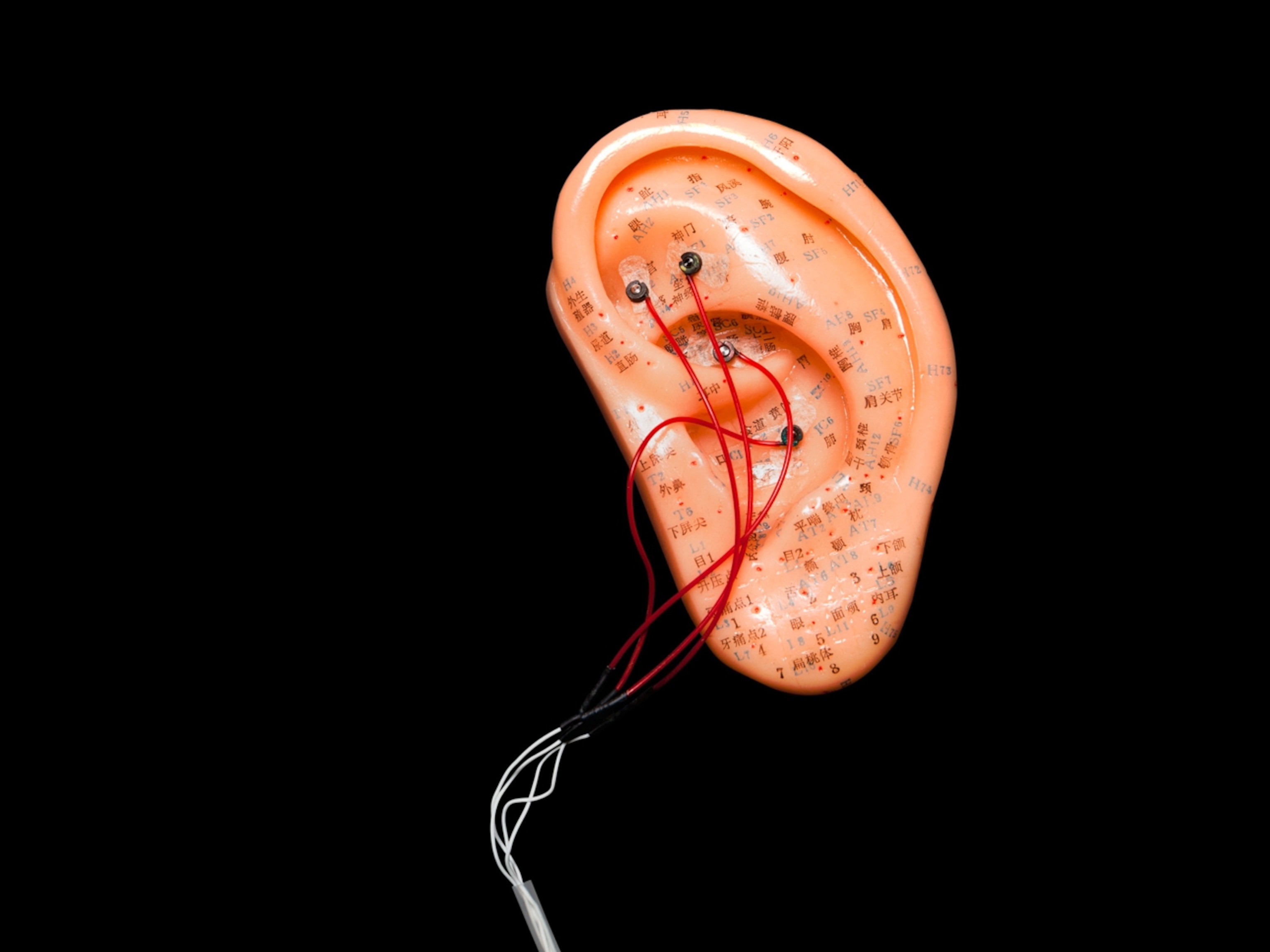
Graphic Shows Who’s Buying and Selling Animals Globally
See how animals, and their body parts, are traded around the world in the first of a new series of information graphics from National Geographic.
Data Points is a new series where we explore the world of data visualization, information graphics, and cartography.
Tiger claws are sold to treat insomnia, and the skin of tiger noses is bought to heal wounds. Along with “tiger wine” made from ground-up bones, these are just a few of the ways that nearly 1,700 tigers were bought and sold around the world in 2013.
This new graphic from National Geographic and Fathom Information Design—the first in a new series we’re calling Data Points—reveals many surprises in the animal trade. The United States is the biggest exporter of rhesus macaques, for instance, one of the main species used in medical research (and at times as NASA test-flight subjects). And reptiles are the most-traded animals in the world.
The graphic draws its data from CITES, the United Nations’ Convention on International Trade in Endangered Species of Wild Fauna and Flora. According to its secretary, John E. Scanlon, “We regulate international trade in wildlife to ensure it is legal, sustainable, and traceable and that it is not detrimental to the survival of species in the wild.”
What does CITES mean to National Geographic? A lot. We focus much of our storytelling and fund scientific research on wildlife conservation, animal trafficking, and threatened species. And CITES is what governs and tracks the legal movement of plants and animals across international borders. This kind of tracking of supply and demand can also point to where to find the illegal animal trade, and a new study suggests that targeting key countries can break up trafficking networks.
To visualize the big and complex CITES dataset, we called upon our friends at Fathom in Boston to help us tell the story of international animal trade. The end result is a beautiful and informative representation of 13 million data points representing the trade of 34,000 species across 181 countries.
Not all of the species shown are now considered threatened, but they may become so unless trade is closely controlled. And looking at the data is the first step.

A New Way to See Data
At National Geographic, we love data. Before there were photographs in National Geographic magazine, there were maps and graphics. Even way back in 1888, we used atmospheric pressure data to explain that year’s “Great Storm” on the East Coast. In 1893, we explored the wave of immigration to America through the first century of census data (fun fact: In 1790, the country’s population was estimated at 3,929,214).
And still today, we use data to visually tell the stories of our time.
We reveal archeological sites using thousands of data points collected by lasers. Lasers also scan cave chambers such as China’s supercavern “Miao Room,” which we then map. We work with geneticists and their vast datasets to explain how dog breeds got so different.
To continue that tradition, Data Points is a new home for National Geographic’s exploration of data. Posts will highlight fascinating data and graphics, as well as celebrate and explain the art of data visualization. We’ll bring you master artists, statisticians, cartographers, developers, and researchers from around the world.
To launch Data Points, we wanted a revealing piece: something that not only looks and feels special, but that also sheds light on a subject that matters to us. We needed a big data set. This is how we decided to make our Global Animal Trade interactive graphic, to bring home in visual form just how many animals are bought are sold around the world.
Our Global Animal Trade interactive is exactly the type of data visualization that we’ll bring you more of. It’s deep, meaningful, informative—and delightful to use.
Our goal: that a graphic like this can make a difference in how people view a crucial issue. It could help policy makers view animal trade in a different light. We hope this kind of information, along with deeper insights and some recurring voices, will keep you coming back to Data Points.
Follow Kaitlin Yarnall on Twitter.




